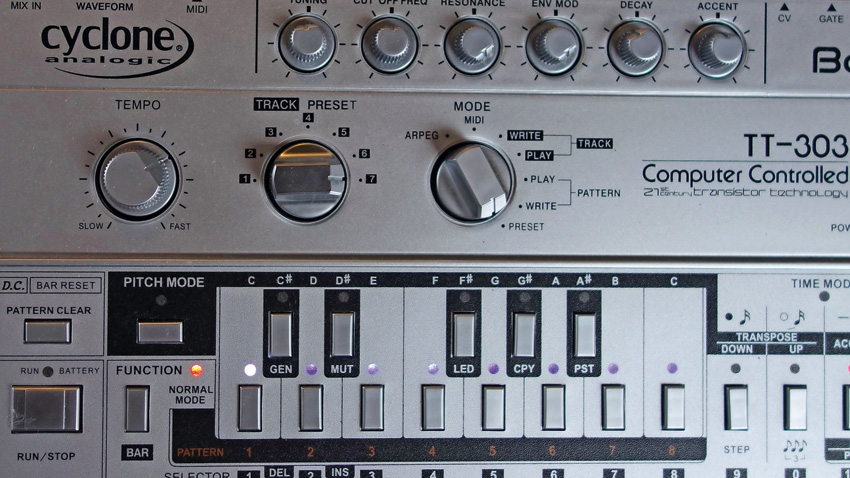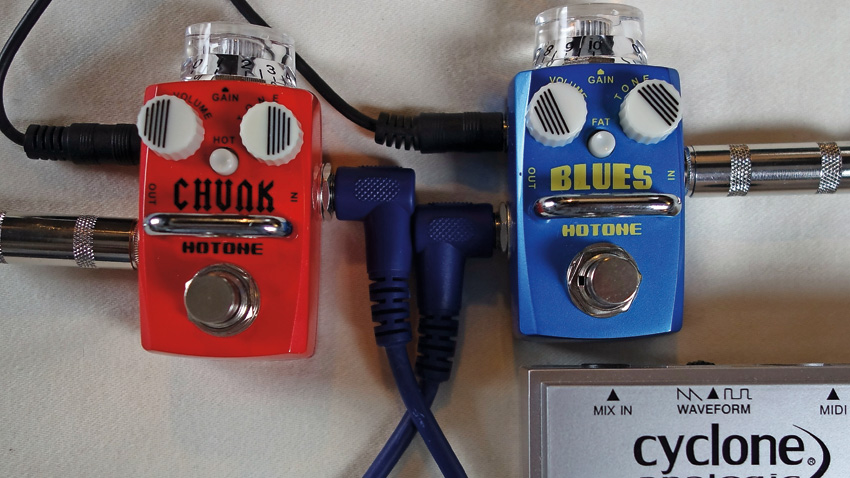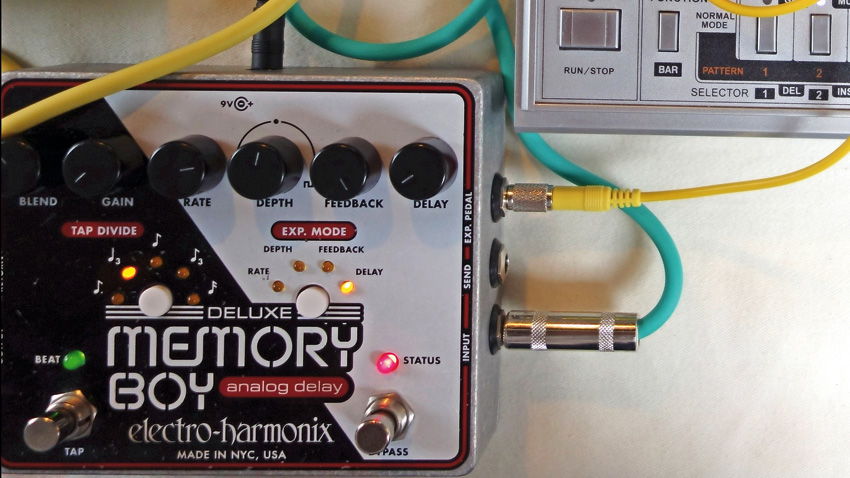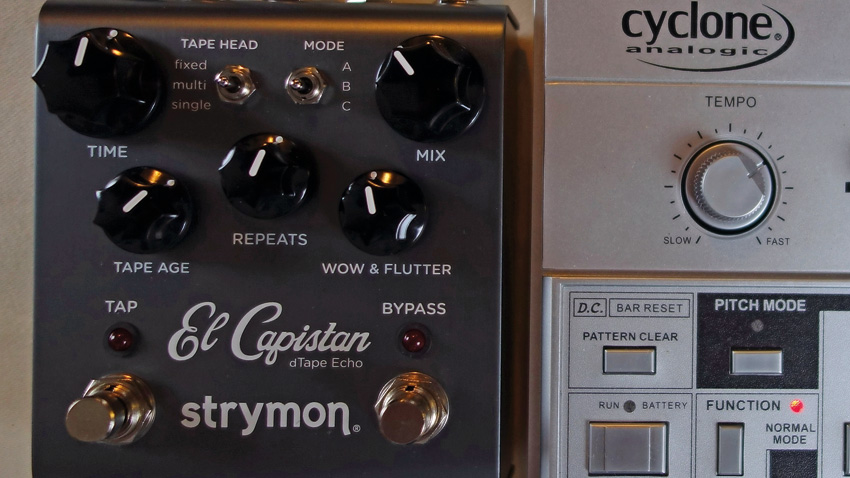How to create outboard FX chains for your synths with stompboxes
Roland's iconic bassline synth sounds awesome on its own, but shove it through some pedals and magical things happen…
The Roland TB-303's place in the electronic music Hall of Fame is certain. Invented as an accompaniment instrument for the home organist, it flopped on its initial launch only to be rediscovered a few years later by the pioneering electronic producers of the burgeoning Chicago house movement, who coaxed all manner of amazing noises from its characterful oscillator and screaming envelope-modulated filter.
With the 303 finding its niche as an edgy home studio must-have, rather than a fixture in the big budget pro facility, it often found itself hooked up to stompboxes effects by budget-conscious musos looking to transform and toughen its sound. In this tutorial, we'll show you how that was - and, indeed, still is - done…
For much more on using stompbox effects in electronic music production, pick up Future Music 293, which is on sale now.

Step 1: Acid practitioners looking for a harder sound pushed the 303 through distortion pedals. We start with a basic pattern on the Bass Bot (a TB-303 clone). It has a very limited range of controls, with higher Resonance being associated with the classic acidic growl. We notice the immediate difference when switching on the Eno Music DR-1S v2 Myomorpha.

Step 2: The Myomorpha (a ProCo RAT clone with switchable Vintage and Turbo modes), like most distortion pedals, lets you increase the distortion and adjust output level independently. There's also a tone filter that attenuates the top end. We try out other pedals for different tones. The diminutive Hotone Chunk provides a lot of gain, but also increased potential for unwanted noise. The distortion is quite fierce here. A better choice is the mellow Hotone Blues overdrive.

Step 3: The Way Huge Ringworm is one of those pedals that's great at creating interesting, but not always musical, results. Ring modulators easily generate inharmonic frequencies (ie, completely unrelated in a musical sense) but are fun nonetheless. This pedal has five modes for modulating its internal oscillator's pitch, with the most interesting being one that tracks the amplitude of the incoming audio.

Step 4: We can create more interesting effects treatments by chaining effects. The Pigtronix Keymaster allows you to apply two separate effects chains to instrument and line level signals. The unit itself avoids problems associated with running hot signals into stompboxes, so is an ideal interface for linking guitar effects to your DAW. Notice the switch for serial or parallel routing, and the crossfade control for balancing each loop in parallel mode.
Want all the hottest music and gear news, reviews, deals, features and more, direct to your inbox? Sign up here.

Step 5: The Electro-Harmonix Memory Boy Deluxe is a modern variant of their original Memory Man analogue delay with controls for mix, gain, length and feedback of delay. The built-in LFO takes you from subtle chorus and flange effects to wobbly nonsense. Tweaking the delay time live works well but, given that the 303 outputs a pitch-related CV and the pedal has an expression/CV input, we can get the delay time to shift with each note.

Step 6: For something altogether more classy (and expensive), we can plug in the Strymon El Capistan - a digital emulation of tape delay. The beauty here is that we can choose how much audio degradation we want (using the Tape Age control), rather than the single 'dark and muffled' vibe of the Memory Boy. It also has left and right outputs, for when we need to widen the stereo image.
Future Music is the number one magazine for today's producers. Packed with technique and technology we'll help you make great new music. All-access artist interviews, in-depth gear reviews, essential production tutorials and much more. Every marvellous monthly edition features reliable reviews of the latest and greatest hardware and software technology and techniques, unparalleled advice, in-depth interviews, sensational free samples and so much more to improve the experience and outcome of your music-making.
